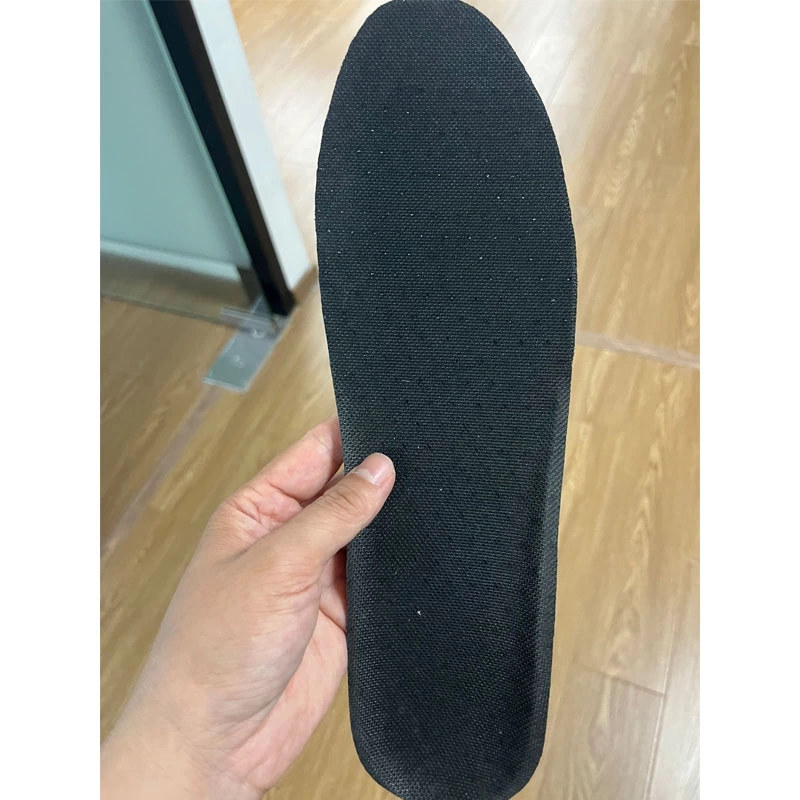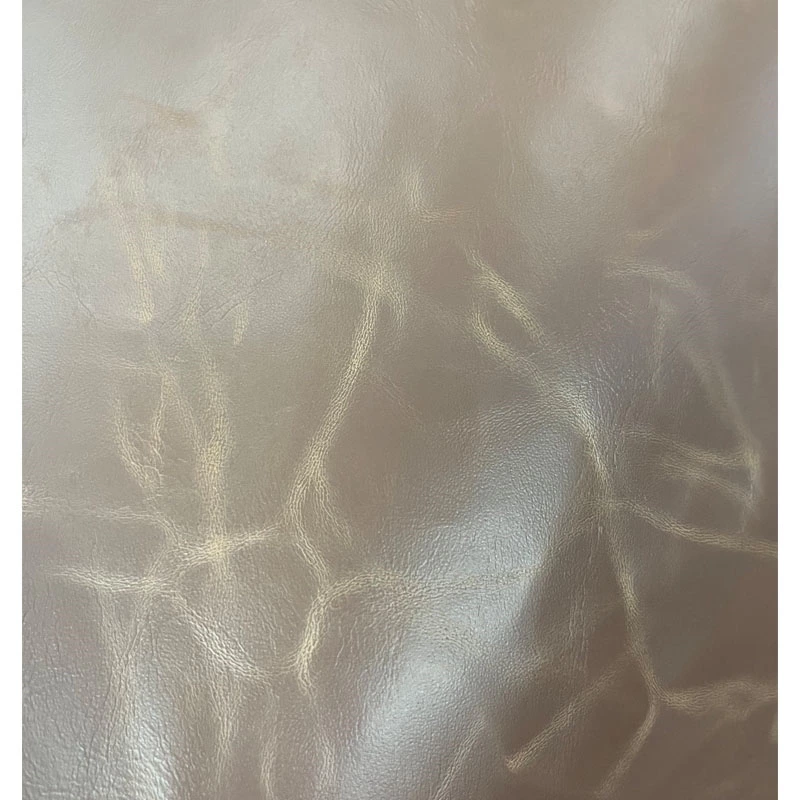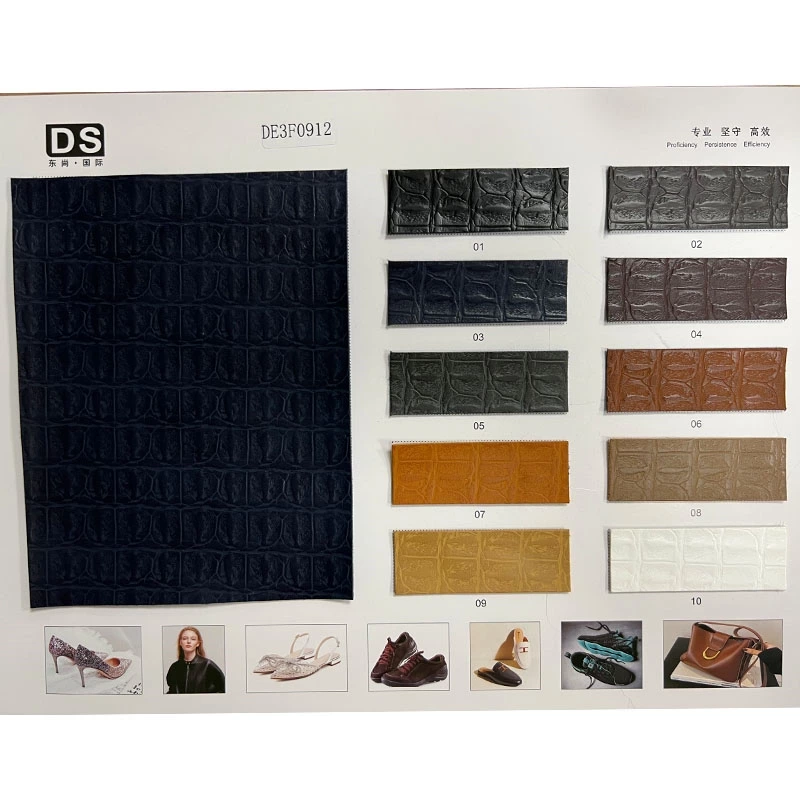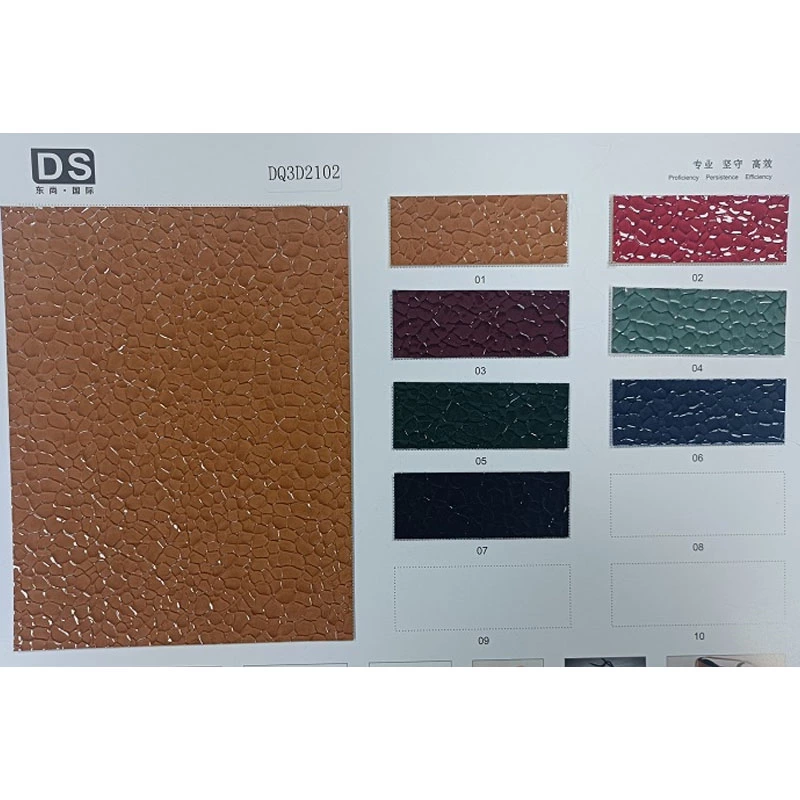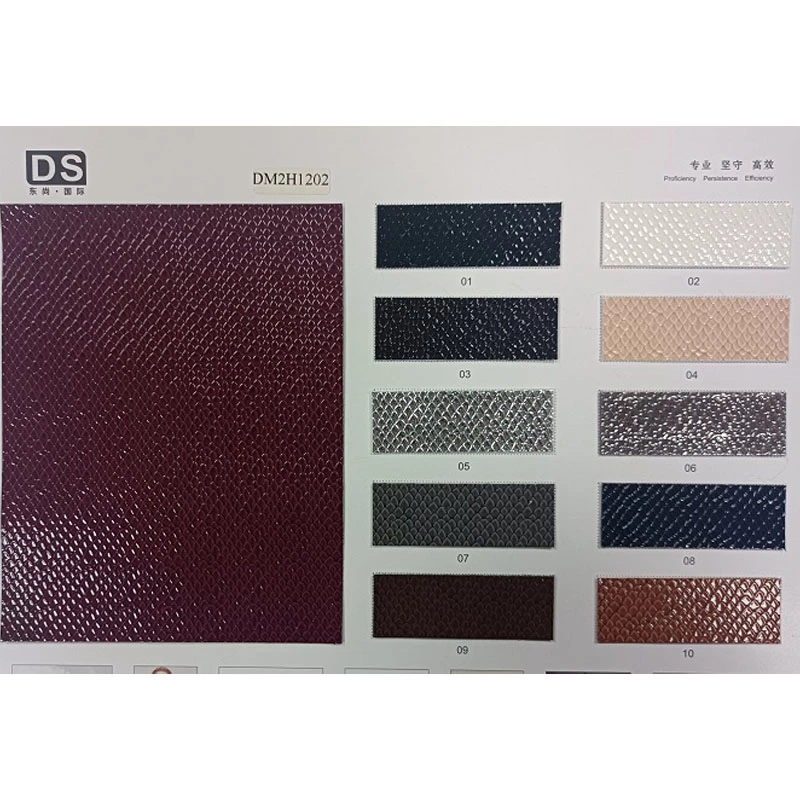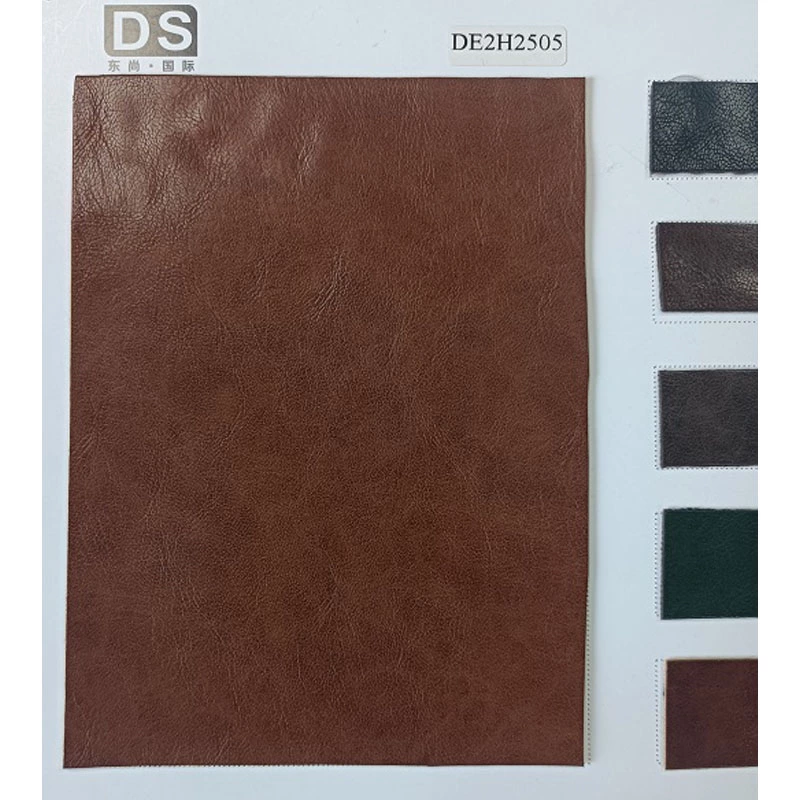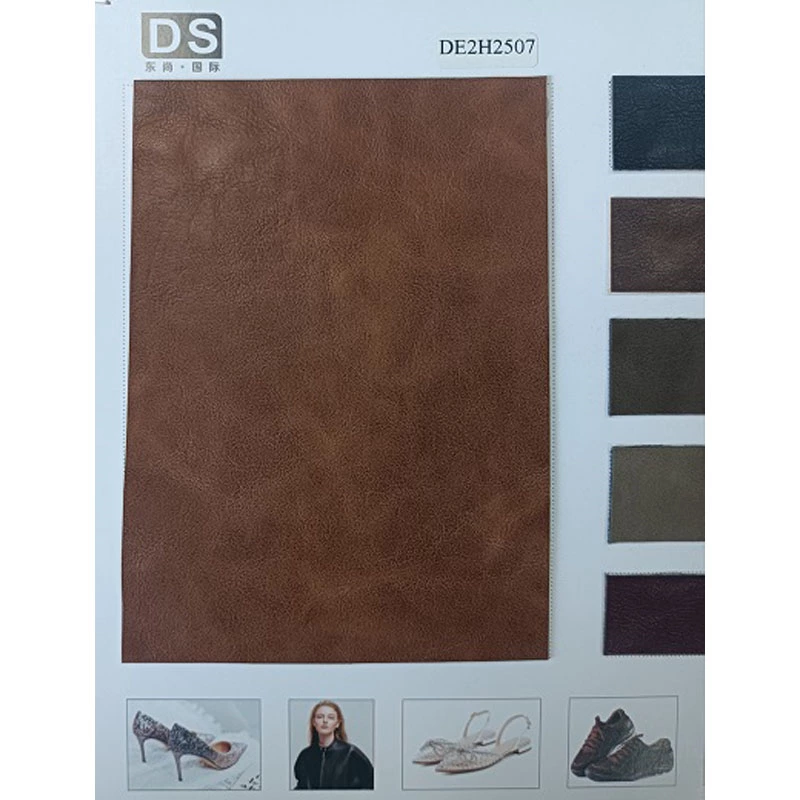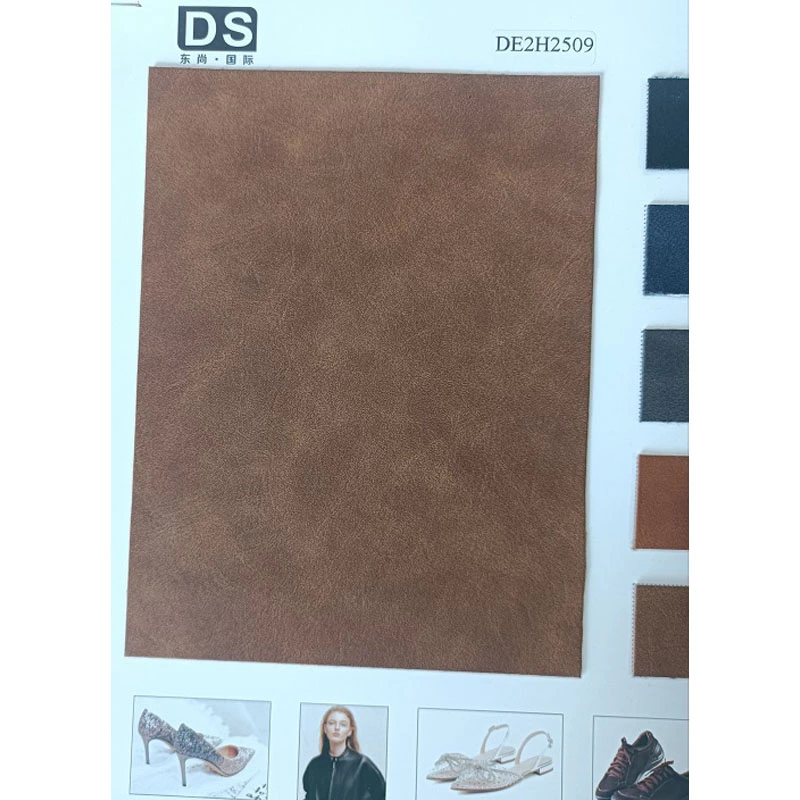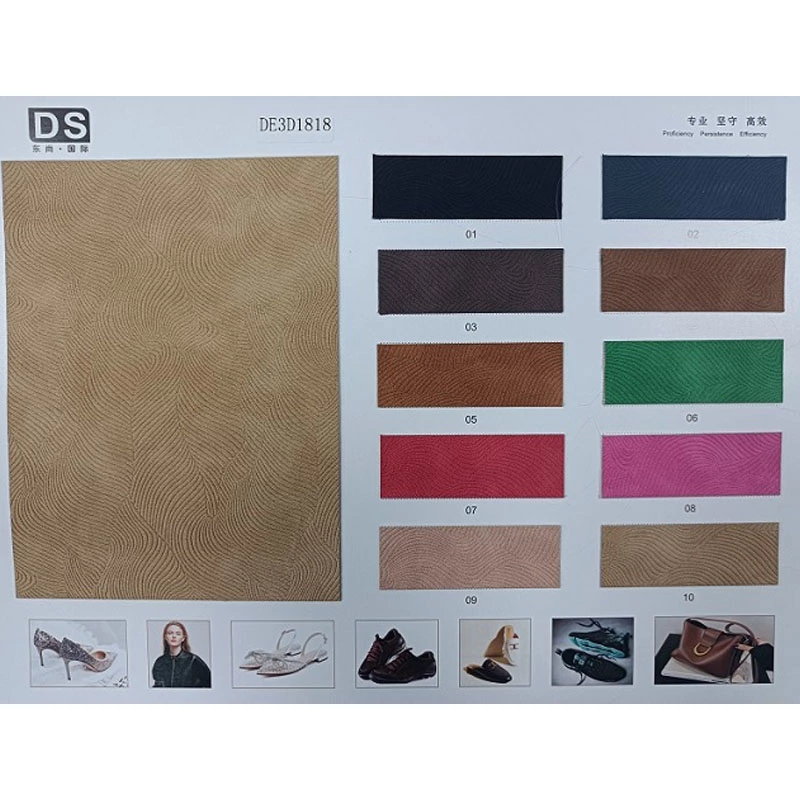Factors Affecting The Aging Of Pu Leather
The PU coating is located on the surface of the leather, so the aging problem of PU leather is actually the aging problem of the PU coating. The PU layer will undergo chemical reactions and begin to decompose due to the combined effects of light, moisture, heat energy and other factors in the natural environment. Especially if it is exposed to a humid environment for a long time, it will gradually develop adhesion or even decompose and embrittle, causing peeling.
(1) Effect of heat:
The stability of a polymer generally depends on its chemical structure and the dissociation energies of its bonds. PU Leather is not a homopolymer, but is formed from polyisocyanates, polyols and amine chain extenders. Therefore, increasing the ambient temperature is actually equivalent to providing the dissociation energy of the bond. Due to thermal degradation, the mechanical properties of the product decrease as a result. Under the action of heat, oxygen in the air will also trigger a free radical chain reaction (starting at about 80°C and accelerating the reaction above 100°C).
P.S Degradation → Split large molecules into small molecules. Free radical chain reaction → A reaction in which constituent substances undergo oxidation and become new free radicals, which then oxidize other substances.
(2) Effect of light:
PU prepared with aromatic isocyanate causes UV degradation under light, and the product changes from colorless to yellow. This is due to the formation of quinones (Quinones) under light, and the cross-linking reaction causes Photoaging embrittlement occurs.
Ps. Aromatic isocyanate → PU general curing agent. Quinone compounds (Quinones) → a kind of electron transfer substance. Cross-linked reaction (Cross Linked) → A reaction in which new bonds are formed between polymer chains to generate network-structured polymers.
(3) Effect of moisture:
Water will have two effects on PU:
Plasticization - the effect of increasing the flexibility of macromolecular chains or the plasticity of polymer materials.
Water molecules penetrate into the PU macromolecular network and form hydrogen bonds with polar groups, weakening the interaction between adjacent molecules, thereby reducing the mechanical properties.
Hydrolysis reaction - A decomposition reaction caused by the interaction of inorganic or organic compounds with water, resulting in a significant and permanent reduction in mechanical properties.
For PU leather, high relative humidity (greater than 70%) and poor air circulation will cause the environment to be humid, which will help the growth of mold and create a good living environment for pests and harmful organisms. Mold, etc. can accelerate the hydrolysis reaction. Long-term exposure to low relative humidity (less than 40%) can minimize chemical damage, but it can also cause problems such as hardening, embrittlement, and cracking of the leather's mechanical properties. In summary, the preservation of PU leather requires constant temperature, constant humidity, and protection from light. And there is a lot of scientific evidence that storage at a constant temperature (25°C~35°C) and relative humidity (60-70%) can better maintain its chemical stability (internal structure and surface feel) and physical properties. Characteristics (such as surface appearance, etc.).
